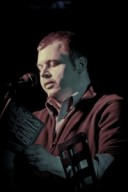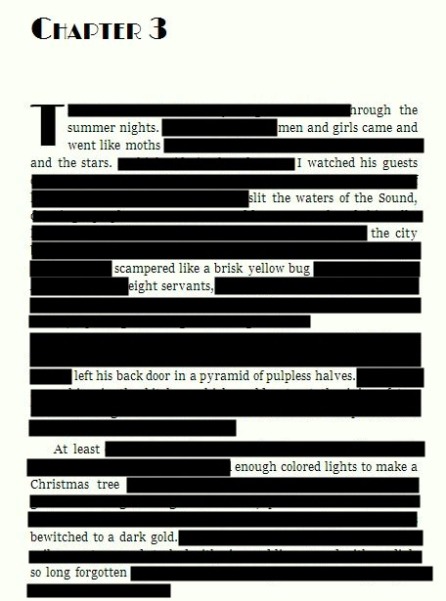On Sunday, August 16, 2015, Tongue & Grove — a monthly literary variety show with music produced by Conrad Romo — features three Burning River Press authors from Cleveland, Pen Emerging Voices Fellow Andres Reconco, with music by Tooth & Talon with Molly James.
WHAT: Tongue & Groove Literary Variety Show
WHEN: Sunday, Aug. 16, 2015, 6-7:30 p.m.
WHERE: The Hotel Cafe, 1623 1/2 N Cahuenga Blvd, Hollywood, CA 90028
TAB: $7.00 at the door
ETC.: Come early! Seating is limited and the event starts on time! There are parking lots on Selma as well as Cahuenga. Meters need to be fed until 8 p.m. Avoid Cahuenga street parking. The signs are deceptive.
ABOUT THE PERFORMERS…
Christopher Bowen is the founder and publisher of Burning River chapbooks. His chapbook published by Sunnyoutside Press, We Were Giants, has been lauded for its “bands of loss,” in the words of one critic — and as “a reminder of the temporality of everything” by another. In 2014, he started The Ohio Vintage Matchbook Company, a website devoted to prose, poetry, and the progress of literature in the 21st Century. He lives, cooks, attends school, and writes from the Cleveland, Ohio, area.
Chella Courington writes poetry and short fiction. Her chapbook, Girls and Women, was published by Burning River and she has also published with Indigo Ink and Porkbelly Press. Her work has appeared in The Los Angeles Review, Gargoyle, and Danse Macabre — and she has been nominated for the Best of the Net and Best New Poets anthologies. She is a professor of creative writing at Santa Barbara City College.
Jane Rosenberg LaForge is the author of an experimental memoir, An Unsuitable Princess: A True Fantasy/A Fantastical Memoir (Jaded Ibis Press 2014), which received an honorable mention for the best books of (the Jewish year) 5774 from HEEB magazine. She is also the author of a full-length poetry collection, With Apologies to Mick Jagger, Other Gods, and All Women (The Aldrich Press 2012). Her first chapbook, After Voices,’ was published by Burning River. She has been nominated twice for the Best of the Net anthology and twice for a Pushcart Prize. She lives in New York City.
Andres Reconco was born in a little coastal town called Acajutla, in El Salvador. He came to the U.S. in 1991 and has been living in Los Angeles ever since. He received his bachelor’s in English Literature from CSULA. He is a 2014 PEN Emerging Voices Fellow and a 2015 Idyllwild Writer’s Week Fellow. He teaches English at the Los Angeles High School of the Arts, a public school in Korea Town.
Tooth and Talon is an up-and-coming, Oakland-based soul-folk trio. Their soulful vocals, sweet melodies, and ukulele-led instrumentation moved the Rock Paper Sciccors Collective to call them “Oakland’s ukulele darlings.” They came together originally through the 9 Lives Collective, an Oakland-based musician incubator. They are now in the midst of recording their first album. Tooth and Talon regularly plays cafes, bars, and home shows in the San Francisco Bay Area. You can listen to some demo recordings of their music here: https://soundcloud.com/toothandtalon.





















